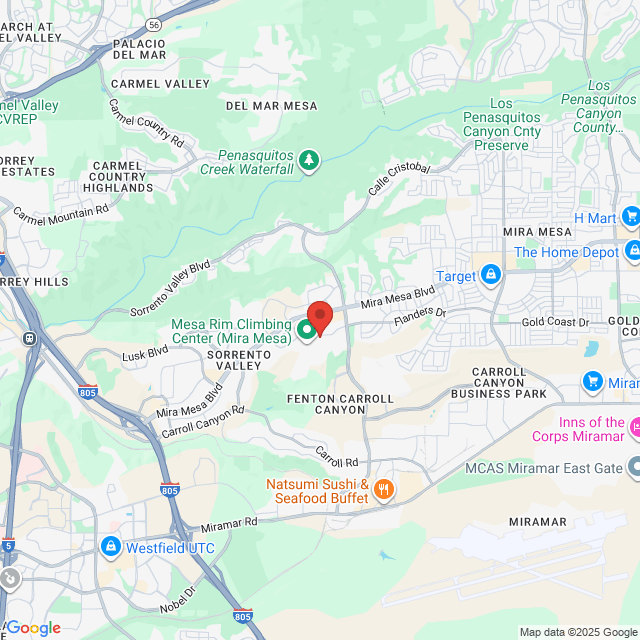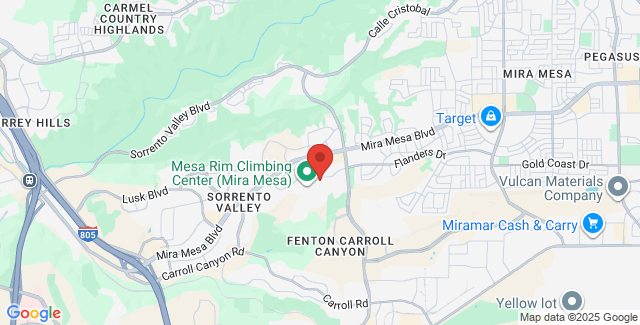Diagnosing Cerebral Palsy
Diagnosing cerebral palsy early in an individual's life allows parents to learn how to best care for their child. A diagnosis of cerebral palsy is usually made within the first three years of a child's life. Parents are often the first to notice that their child is developing slower than normal. If you suspect that your child suffers from cerebral palsy, it is important to see a physician who can diagnose the condition and determine whether your child exhibits signs of spastic, ataxic, or athetoid cerebral palsy. A lawyer can then review your case and advise you of your legal options.

Early Signs of Cerebral Palsy
Some of the early signs that a child might have cerebral palsy include:
- Slow to reach developmental milestones: these include rolling over, sitting, crawling, and walking
- Abnormal muscle tone: the infant's body may seem limp or abnormally stiff
- Unusual posture
Learn more about the early warning symptoms of cerebral palsy.
Medical History
When diagnosing cerebral palsy, the doctor will carefully examine the child's medical history for signs that cerebral palsy is the root of developmental problems. These signs include:
- Breech birth
- Complicated labor and/or delivery
- Low Apgar score: An Apgar score is determined by monitoring the infant's condition. Babies are rated according to heart rate, breathing, muscle tone, reflexes, and skin color in the first 10-20 minutes after birth
- Premature birth or low birth weight
- Multiple births
- Nervous system defects
- Other physical defects
- Maternal bleeding in the last three months of pregnancy
It is important to remember that these are only risk factors for cerebral palsy and that most children who exhibit one or more of these factors will not develop the condition. If cerebral palsy was caused by medical malpractice or negligence, you may be entitled to financial restitution. Contact a spastic, ataxic, and athetoid cerebral palsy lawyer to find out if you have a case.
Motor Skills Testing
In addition to examining the child's medical history when diagnosing cerebral palsy, the doctor will also test the child's motor skills. They will check for slow development, abnormal muscle tone, and unusual posture, as well as reflexes and hand preference. After checking these factors, they will then need to rule out other disorders that cause movement irregularity. Specifically, the physician will look to see if the condition is getting progressively worse. Cerebral palsy is not a progressive disorder, so if the child's condition is deteriorating, it may be due to some other disorder.
Determining the Cause of Cerebral Palsy
When the physician has determined that the child has the disorder, there are several tests that may help determine the cause of cerebral palsy. A Computed Tomography (CT) scan is used to reveal abnormal cysts, areas of the brain that are underdeveloped, and other physical abnormalities within the brain. The physician may also choose to use magnetic resonance imaging (MRI) to reveal areas that may not show up on a CT scan.
Testing for Conditions Associated with Cerebral Palsy
Finally, the physician will test the child for other conditions linked to cerebral palsy. These include mental impairment, seizure disorders, and vision and hearing problems.
Contact a Spastic, Ataxic, and Athetoid Cerebral Palsy Lawyer for Help
This information about diagnosing cerebral palsy is intended to provide a brief overview. Contact a physician to learn more about your specific case. If your child has suffered a birth injury before, during, or shortly after birth, contact a spastic, ataxic, and athetoid cerebral palsy lawyer to discuss your legal rights.
Related to Cerebral Palsy Diagnosis




